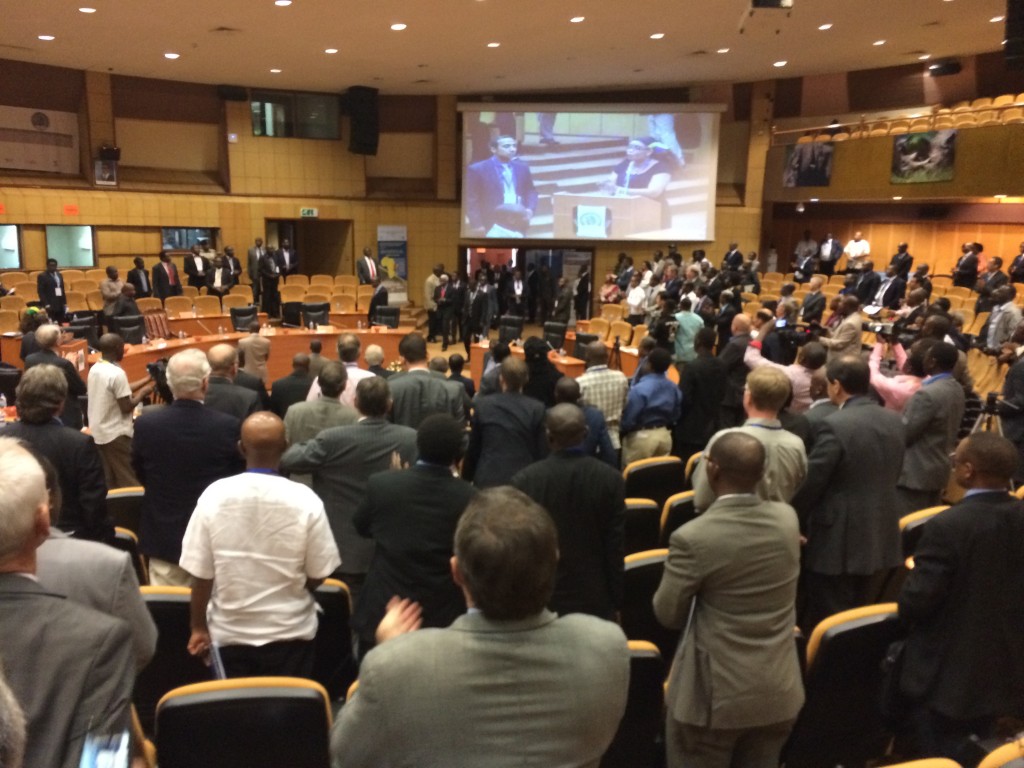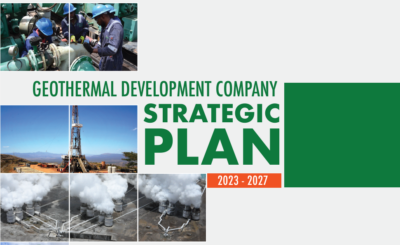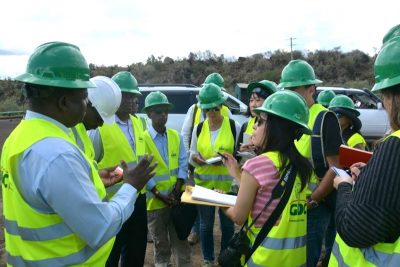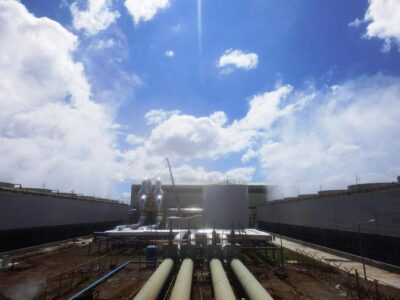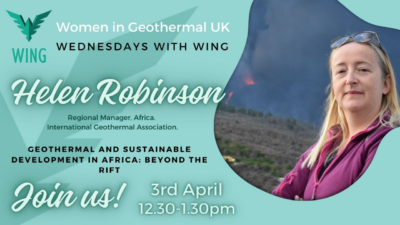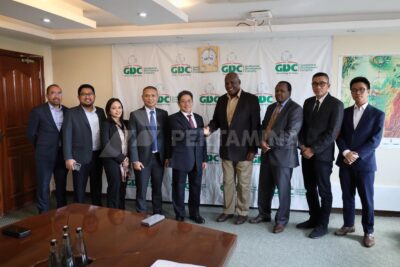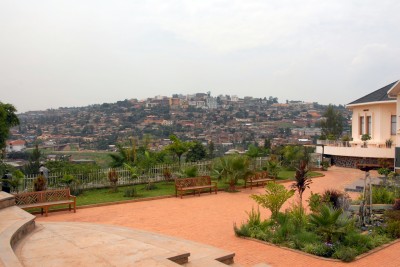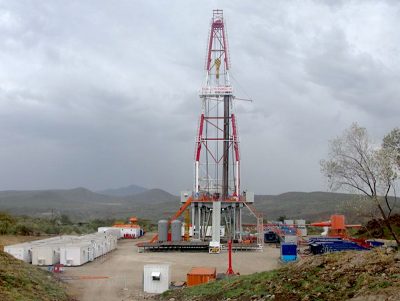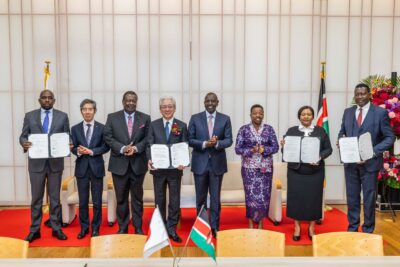The African opportunity or the desperate fight to electrify a continent
The countries of the East African Rift Valley sit on a great resource that could contribute greatly in the much needed electrification efforts and feeding the ever growing power demand. Geothermal energy provides a great chance to provide sustainable power for Africa.
It is 8pm and I am sitting in a restaurant in Arusha, Tanzania having ordered food at my hotel’s restaurant. With me are fellow colleagues from Iceland that attended the 5th African Rift Geothermal Conference in the country that closed just two days earlier.
Having just returned from a fantastic two day Safari to Ngorongoro Crater and Lake Manyara about 2 hours away from Arusha, the capital of Tanzania, we experience first hand the challenges the continent faces, power outages. Within the two hours we got back from the trip we experienced several power outages that often last for less than a few seconds. At dinner it took though a bit longer. Nobody seemed to be too disturbed about it and things seem to continue and not much later we had our food on the table.
But consider trying to run a business that depends on electricity to either power operations, to cool food or similar. This not only provides challenges, but could essentially be a big hurdle for starting businesses in the first place.
With economic development the countries of sub-Saharan Africa are faced with an ever increasing power demand, similar to that experienced by countries in Southeast Asia. While western countries like the United States have an electricity consumption of around 17,000 kWh per capita, African countries have a consumption at a fraction thereof. Kenya has an annual consumption of around 250 kWh per capita, Tanzania around 100 kWh.
Tanzania has a population of around 47 million, in 2012 only around 14% of the population had access to electricity. With electrification efforts ongoing, the share of the population that has access to electricity will increase dramatically and therewith the demand for electricity for the whole nation.
Therefore the power hungry nations in the East African Rift Valley are looking at ways to provide electricity to its population and businesses fostering and fueling economic growth. Geothermal energy is thereby a great option, not only is it a local energy source, it also provides a baseload capacity that is in dire demand.
The recently finished ARGeo Conference in Arusha, Tanzania has therefore been an important event, not only for Tanzania, but also other African nations represented at the event and the international geothermal industry present.
With around 500 participants, the event featured an overview on development, financing, technological development, but also discussions on what fosters geothermal investment and development by both the public and private sector. The efforts made by Tanzania to make this a successful event showed its commitment to see geothermal energy development happening in the country.
There are though challenges and this was discussed a lot among African and international participants. Geothermal resources are different in the various countries of the East-African Rift Valley. While Kenya has great resources and has been able to pull off large development with an installed geothermal power generation capacity of around 600 MW, resources in other countries might not be as large. So indications by the Tanzanian government of a development potential of 5,000 MW will have to be treated careful. Managing expectations will have to be a main theme, not only by local and international developers, donors and suppliers, but also by government.
But with all major international donors having been present in Arusha, it clearly shows a strong commitment to help Tanzania and the other Rift Valley countries to develop their geothermal resources. There is also now a will to cooperate and streamline international efforts. With tools like the Geothermal Risk Mitigation Facility providing financial support for the crucial initial drilling phase, there are though still a number of elements where donor nations and development banks can help countries and developers to get geothermal projects off the ground.
The opportunities in Africa are incredible for the international geothermal industry, for suppliers of technology and equipment, for engineering groups, but also for the African nations in capacity building for their local workforce.
Tapping into its geothermal potential and developing geothermal power projects, power shortages and outages might not go away immediately. But it can help those nations to serve the surging power demand and foster economic development with a local and sustainable source of energy – geothermal energy.
